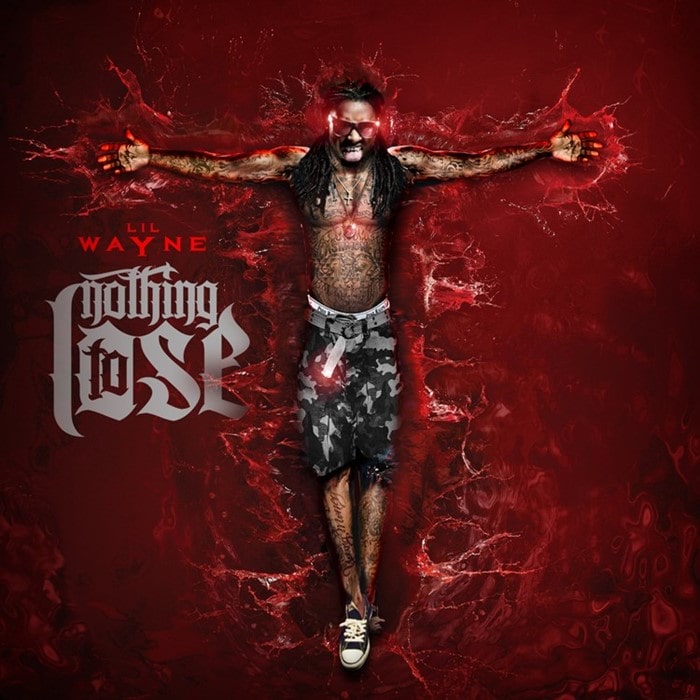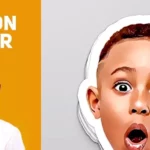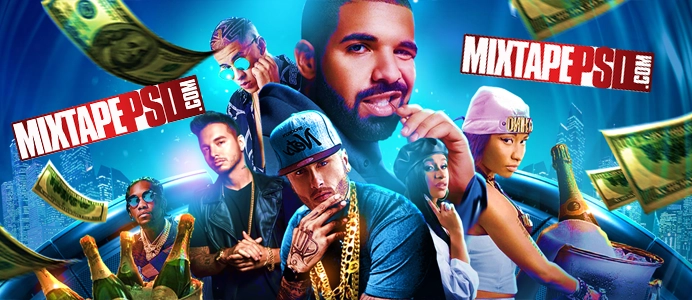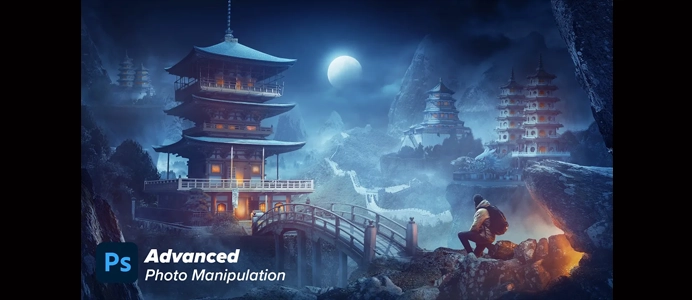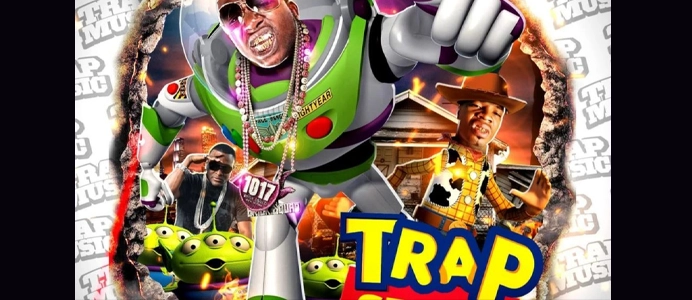
Damn Son Where Did You Find This?
‘Damn Son Where Did You Find This?’ is the first comprehensive book on US mix-tape art.
By Ben thompson
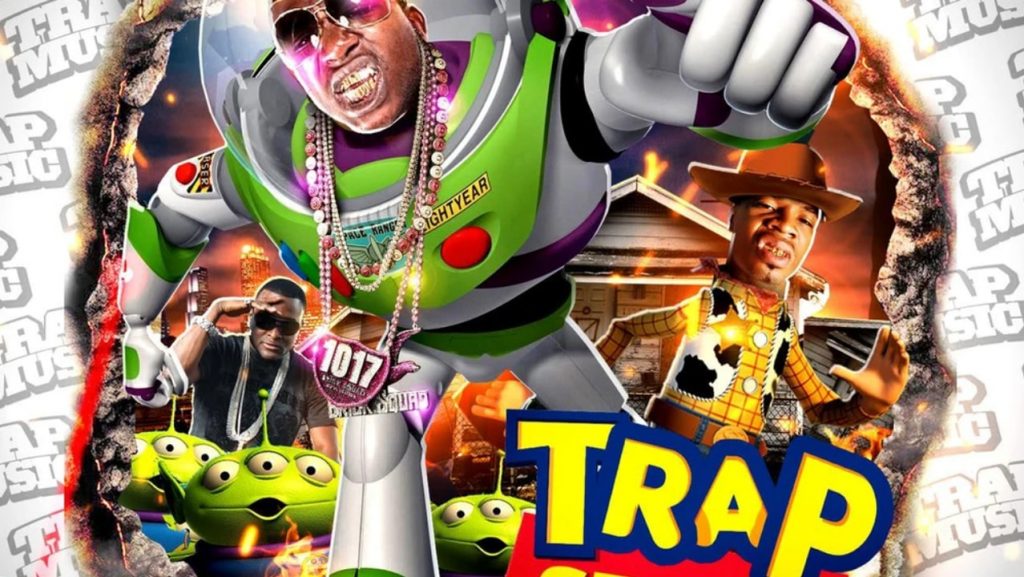
Named after the meme-like-phrase popularized in the late 2000s on Gucci Mane and OJ da Juiceman’s Trap-a-holics mixtape, Damn Son Where Did You Find This? features over 500 mix-tape covers from five of the most heralded designers including; KidEight, Miami Kaos, Mike Rev, Skrilla and Tansta.
Compiled by Paris-based designer Michael Thorsby and Swedish media guru Tobias Hansson, the limited edition book features in-depth interviews on the process and the history of the art behind American mix-tapes.
We had a chat to Michael about the book and it’s design.
Noisey: How did the book come about?
Michael Thorsby: I’ve always been fascinated by mix-tape covers, the maximalistic, weird style and visual concepts you’d never see on official releases. This is something that Tobias and I shared – we started talking about it, made sketches and started a library of covers to see if we had enough material. We then went to the US and interviewed people.
So it was really hands on?
Yeah. There’s a reason why there’s not a lot of books like this out there. It was certainly difficult to get in touch with people and to get usage rights etc. We self-publish, so it starts and ends with us. And of course the designers and artists we featured, which there’d be no book without.
It’s almost a kind of outsider art in a way.
Exactly, it’s a very insular visual world. It’s funny, it has so much reach, but has to be a bit under the radar because of the nature of mix-tapes. I think there’s a lack of understanding outside of the mix-tape world for how good these guys really are. I’ve been working as a graphic designer for 15 years and there are things I see, where I’m just blown away. Especially when I know how fast they turn them around.
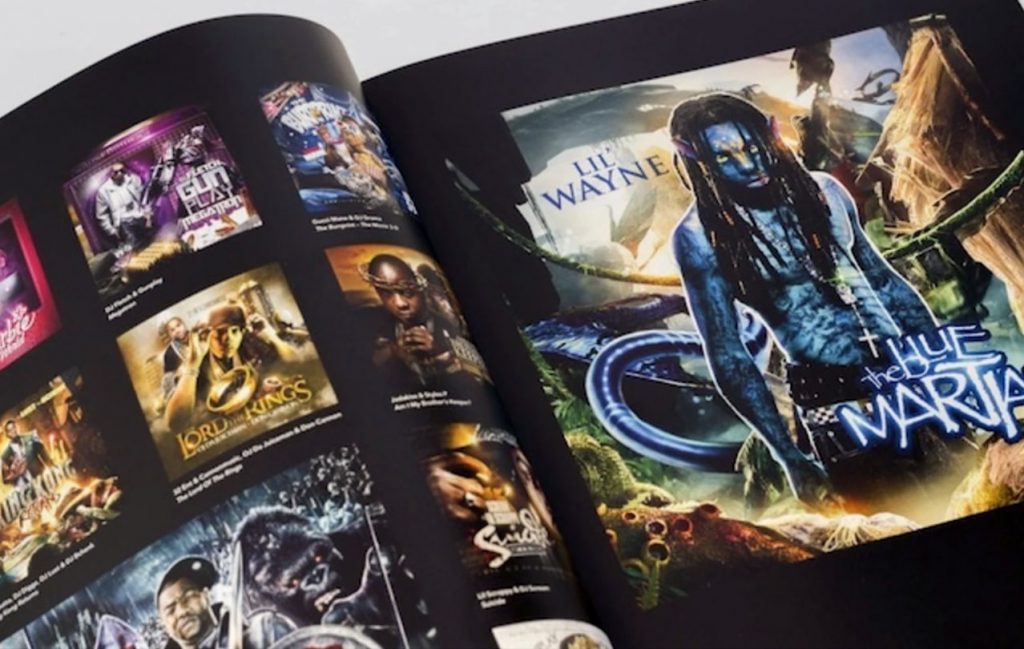
I really don’t think people realise how much effort is involved. It’s not just ripping stuff from Google images.
It’s really a craft. In the book they speak quite a lot about that. For instance, when they started out the light was off, they didn’t quite match the colour cast of all the elements, and built their skills over time. You can see it in up and coming artists, but then you look at someone like KidEight, he uses all the same elements, but it’s a consistent, perfectly composed hyper-real image.
Do you have a favourite cover?
One that really made me laugh and sums up what the book’s about is “Trap Story”.which is a remake of Toy Story. So you have Gucci Mane as Buzz Light year and Plies as Woody. We all know how fanatical Disney is with pursuing copyright infringement of all shades. It just sums up the whole culture, the humour and how unregulated it is.
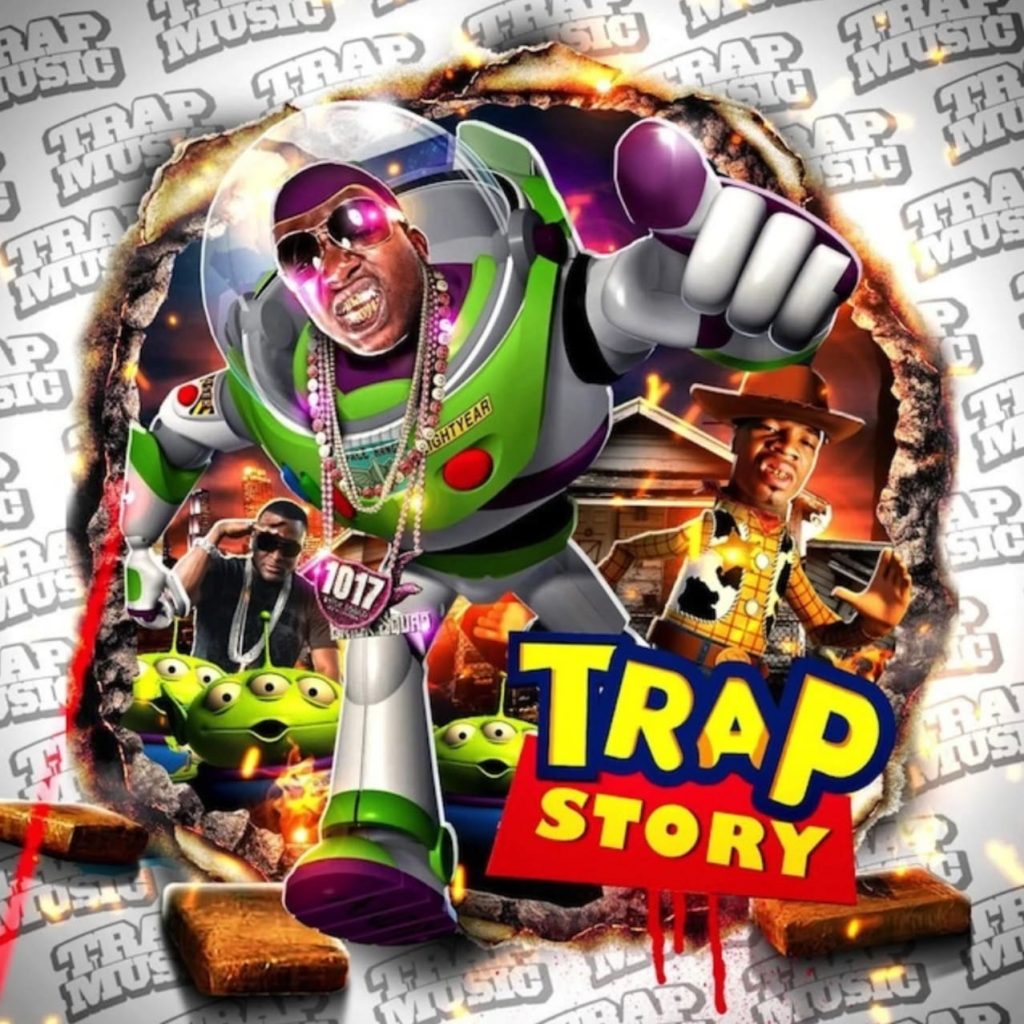
Is there a European equivalent to mix-tape culture?
Not really, but it’s funny, we chose the 5 designers that we thought were the biggest, the best and the most interesting, but both KidEight and Skrilla are based in the U.K. And KidEight at the time of this interview, has never been to the U.S. but he’s made 4000+ covers.
Has mix-tape art influenced your work as a designer?
I think my style was more vibrant and similar to it a few years ago, but not so much anymore. In terms of the design book, it’s very black and white and very minimal. We were very deliberate to not have anything that conflicted with the featured artwork.
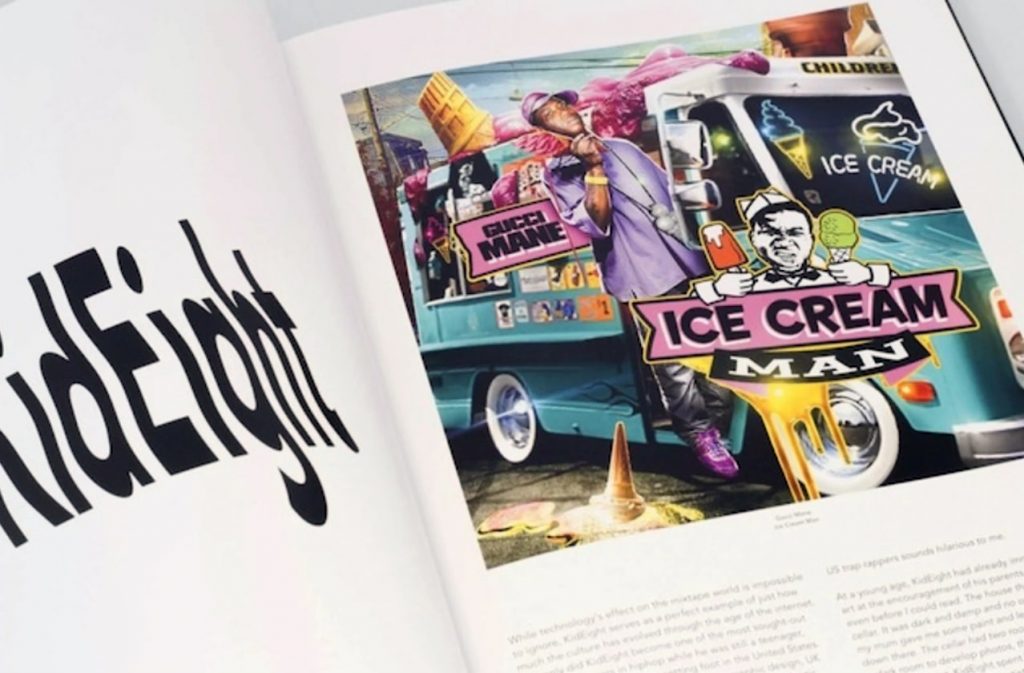
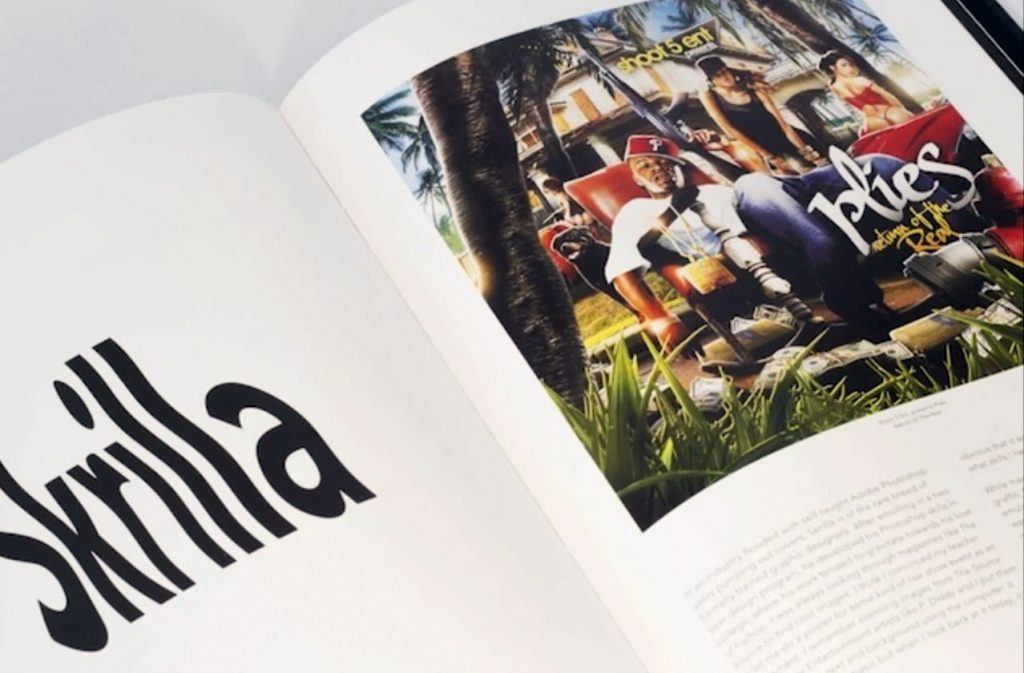
The work is so vibrant, that if you have pretty much anything it’s going to conflict.
Exactly, and if you try to do something that’s in the vein of what they do, because they’re such masters, it’ll look like a shadow. Unfortunately it’s something that the vast majority of hip-hop related books do – they try and talk the same language. Like, say a book about graffiti, when they try and do some hand-drawn vector type and it just looks bad. I just think unless you’re legitimately part of a scene and can really speak a language, you get this weird conflict. The artwork is maximal, but we’ve kept the design as minimal as possible.
KidEight
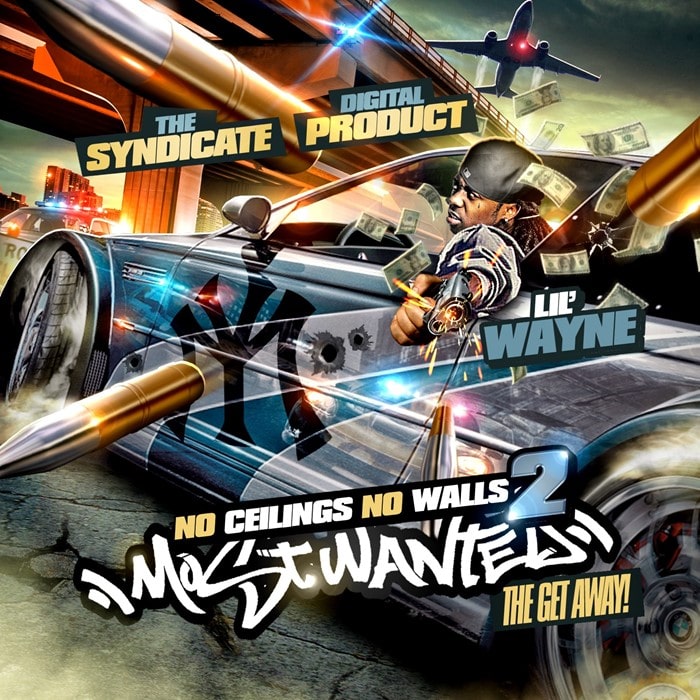
Skrilladesign
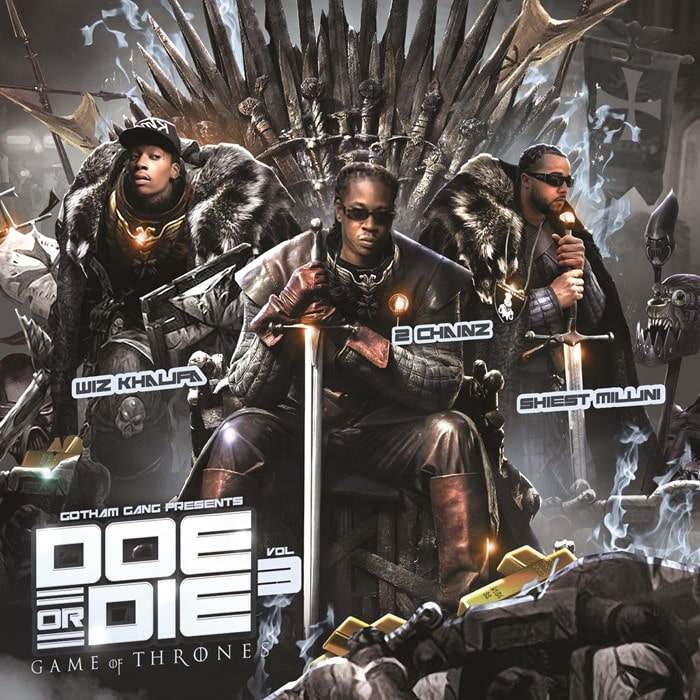
Miami Kaos
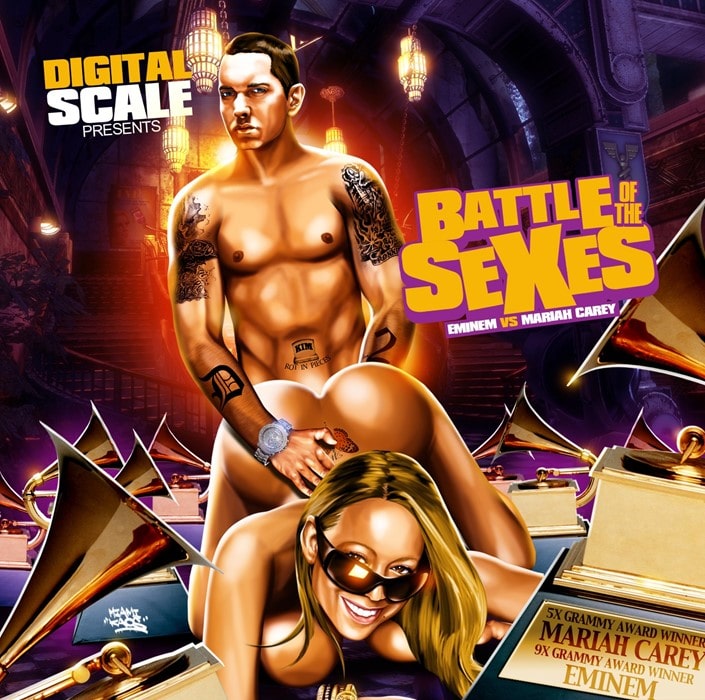
Tansta
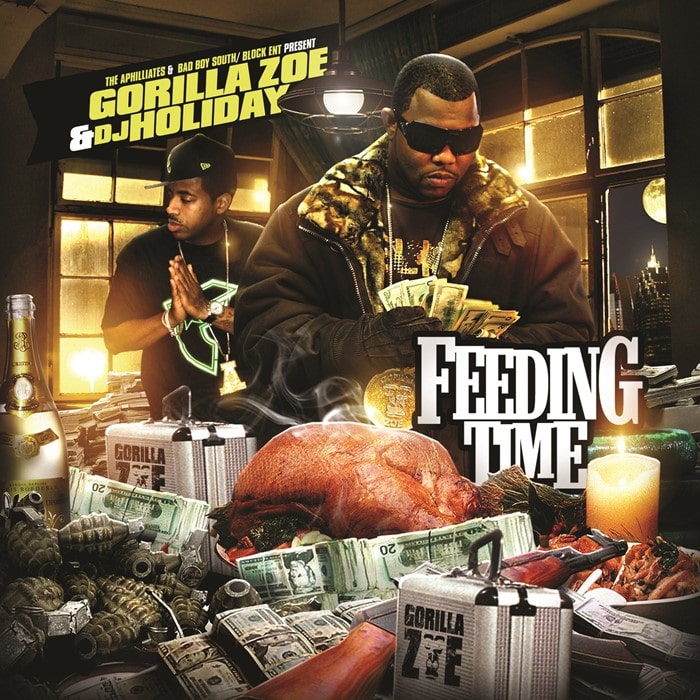
Mike Rev
